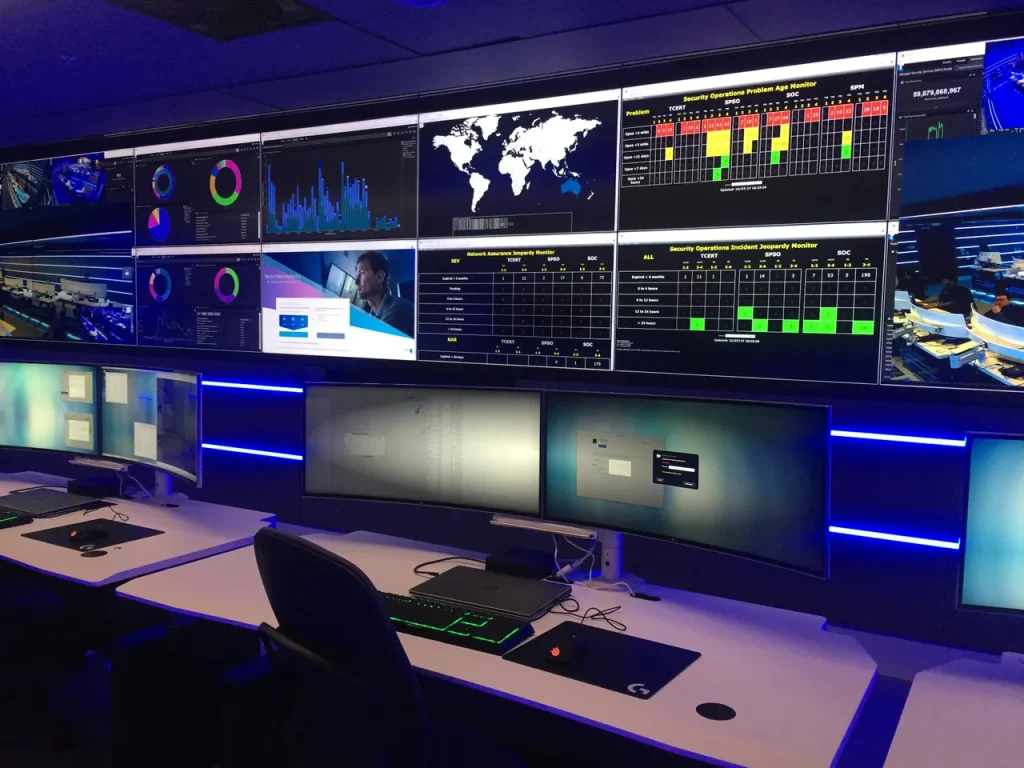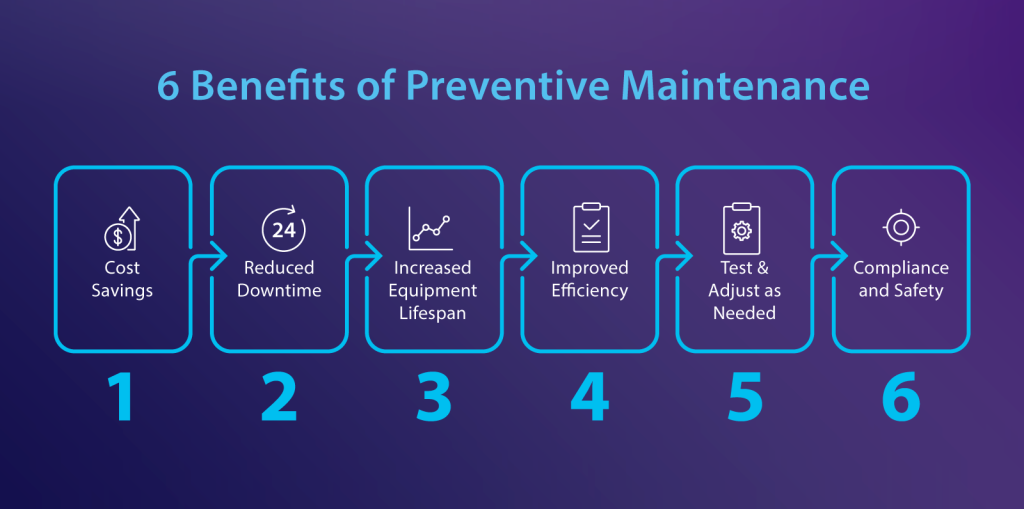NBN Explained
NBN Speeds Explained
The connection speed you will be able to access on the NBN network is determined by four main factors:
- The type of NBN technology connected to your property
- The broadband plan you sign up to, which may include a cap on speeds
- The network capability of your service provider
- The setup at your property and how you use the internet
At reCIPHER, we offer four-speed tiers. Your internet usage, as well as the maximum line speed of your NBN technology, will determine which speed tier is right for you:


What are the different NBN connections?
- Fibre to the premises (FTTP): A pure fibre connection running all the way from the exchange to your property, offering very fast internet speeds. FTTP allows you to retain your current analogue phone service and connect up to four different data services.
- Fibre to the node (FTTN): Fibre cables run from the local exchange to a street cabinet or pole, after which information is carried over traditional copper cabling. The shorter the distance between node and property, the faster the internet connection.
- Hybrid fibre cable: An NBN hybrid fibre-coaxial (HFC) connection is used where the existing pay TV or cable network forms the final part of the NBN network connection. In this scenario, an HFC line will be run from the nearest available fibre node to the premises, similar to FTTP.
- Fixed wireless: NBN installs radio base stations, just like the ones used for mobile phones, and then hooks up an antenna and a fixed modem in the property.

The types of IP Addresses
- Static (provided by reCIPHER) this means that you get a fixed (unchanging) IP address for your NBN connection. This is a useful security feature for businesses and can provide added protection from hackers who want to access your phones, accounting and banking applications.
- Dynamic – your IP address periodically changes. This means that it cannot be used as a means of security authentication. It also makes it harder to host applications such as websites and email. It can also cause routing problems making it harder for customers to reach you.
Basic
Standard
Standard +
Premium
Best for
Typical minimum evening speed (7pm-11pm)
Typical minimum speed outside 7pm-11pm
Standard+
25/10
Our business backup
While NBN connections are reliable, it doesn’t mean they will never fail. And when your NBN goes down it can have a major impact on your business. Many service providers offer a 4G backup option so you can continue to access the Internet when your NBN service is interrupted.
However, not all backup offerings are the same. Most providers only offer options with a low-speed connection when the NBN is down, typically 8-10Mbps. This can significantly impact the performance of business applications.
We at reCIPHER offer unlimited speed backups of the 4G connection (this varies based on mobile coverage). The best coverage is from Telstra, our reCIPHER supplier.
NBN Speeds Explained
Actual internet speeds may vary due to many factors, including:
Type/source of content being downloaded
Hardware/software configuration
Type of NBN technology
The number of simultaneous users on the network
The performance of interconnecting infrastructure not operated by reCIPHER
Devices connected by Wi-Fi may experience slower speeds than those connected by a cable. Important information on speeds, and lots of other key documents, can be found here
All reCIPHER offers are available only to approved customers and are provided under our Standard Form of Agreement
Finally, please be aware that an early termination charge applies outside of any applicable cooling-off period.
Frequently Asked Questions
The NBN is Australia's national broadband network. Built by NBN Co, a state owned enterprise, it replaces the network of copper wires and cables which have historically been used to provide the country's landline phone service and Internet access.
Residential NBN speeds (Mbps download/upload) are: 12/1, 50/20, 100/20, 100/40 and 250/25, though actual speeds may be lower depending on the technology used and the level of congestion in the network. NBN Enterprise Ethernet Business is also available with a maximum speed close to 1Gbps for both download and upload.
Fibre to the premises (FTTP) is the most common technology used by NBN to connect new buildings. Fibre optic cable is delivered all the way to the premises providing maximum speed and reliability.
Fibre to the node (FTTN) is commonly used by NBN to connect existing buildings. Fibre is run to a distribution point on the street and from there to the premises using existing copper wire. Depending on the distance from the node, this can mean lower speeds than FTTP.
Hybrid fibre coaxial (HFC) is used by NBN to connect premises with an existing 'pay TV' or cable connection. Fibre optic cable is run to a distribution point on the street and from there to the premises using coaxial cable. Because coaxial cable can carry high speed data and is very reliable, performance is very similar to FTTP which uses fibre all the way to the premises.
NBN fixed wireless is used to deliver Internet access in rural and remote areas where there is either no existing cabling (or the cabling is not good enough for high speed data) and it would be too expensive to install new cabling. Fixed wireless uses radio signals instead of cable and requires a rooftop antenna at the customer's premises.





